Top Image: from the Imperial War Museum © IWM HU 1904.
The Raid at Dieppe, France holds a unique place in the war in Europe. Commando style raids were very popular in the early years of the war. The European continent lent itself well to this style of warfare. England, the unsinkable base, was just a short naval journey to occupied coasts from the northern tip of Norway to the French-Spanish border. Air support was readily available, and a massive British Fleet served as a deterrent of sorts that could protect withdrawing forces.
At a tactical level, these types of missions could accomplish specific objectives, such as capturing radar technology or destroying drydocks. At a strategic level, commando operations were great publicity and kept the United Kingdom in the war even though they were no longer on the continent. These raids also forced Germany to commit more resources and troops to defending larger areas, giving the attacking forces the advantage of surprise and flexibility. Launched on August 19, 1942, Operation Jubilee was a continuation of these tactics. Of the many things that made this raid different, it was the first time Americans would participate in ground combat in France.
Originally conceived as Operation Rutter, the raid at Dieppe was supposed to accomplish a range of missions. Under tremendous pressure from German forces in the east, Soviet Union Premier Joseph Stalin demanded a second front be opened in the west to divert German war material and troops away from Russia. Following the dictum “Germany first,” the Americans were eager for the British to commit to landing on the continent as soon as possible to establish a beachhead that conquering armies could break out of. Within England, more action against Germany was desired to demonstrate that they were still in the fight.
Operation Rutter would exceed previous raids in scope and complexity. Previous raids consisted of a few hundred commandos and Royal Navy personnel; Dieppe would involve 5,000 British, Canadian, and American landing troops. Accompanying this dramatic increase in manpower was a grand plan involving parachute drops, infantry battalions, tanks, naval gunfire support, and waves of RAF bombers.
The geography of the port of Dieppe posed a significant a challenge. This section of the French coast is dominated by large, white chalk cliffs. Along most of this coastline, it is not possible to exit the beach directly onto land. Surrounded by these cliffs, Dieppe sits on the mouth of the Arques River, providing a port and access to the Channel. Making matters worse for an invading army, the beach is not made of sand; instead, it is covered in stones, making it ill-suited for running on, let alone landing heavy equipment.
In addition to the geography, the Germans had anticipated and planned for an assault from the sea. Artillery batteries on the high ground around the port supported bunkers, machine gun positions, and anti-tank guns that covered the beaches. Operation Rutter involved a combination of paratroopers and amphibious assaults to attack the flanks of Dieppe. This way, the high ground and supporting artillery batteries could be taken before land forces moved into the town. While these attacks took place, naval bombardment and runs by heavy bombers would suppress defenses allowing the force to seize Dieppe and occupy it for 48 hours before being extracted. As often happens, plans changed.
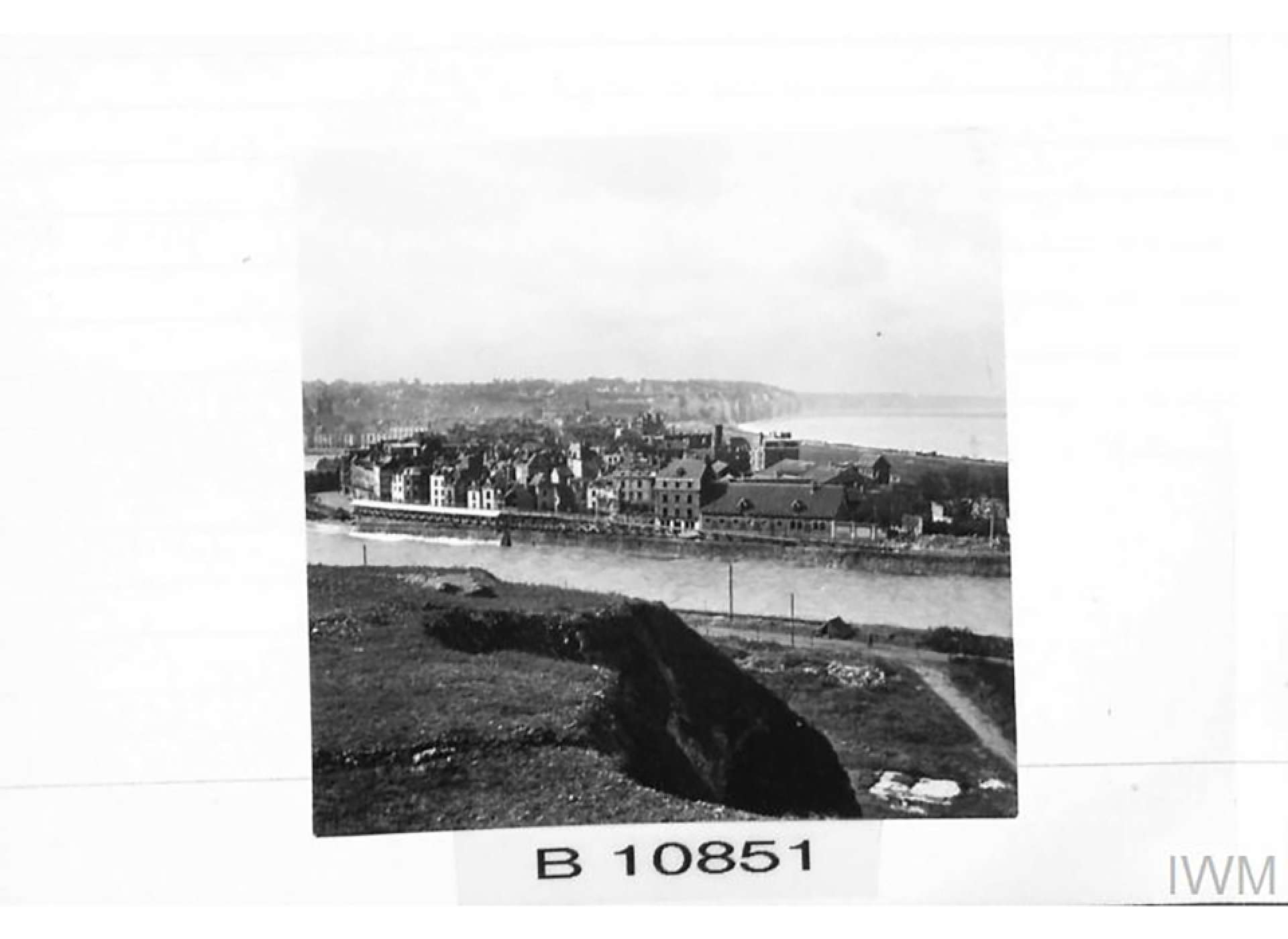
A 1944 view of Dieppe taken from the hills to the East. Surrounded by cliffs, Dieppe was an important port for hundreds of years. The cliffs that added natural beauty also afforded positions defenders could use to look down and across the landing beaches. From the Imperial War Museum © IWM B 10851.
A few months before Operation Rutter was supposed to kick off, planners changed the operation to a frontal assault on the town with infantry and tanks. This led to a gradual reduction in resources committed to the mission—the Royal Navy would not commit capital ships for fire support, the paratroopers were replaced by commandos, and the RAF canceled the bomber support, replacing it with dozens of squadrons of single engine fighters. The plan for Operation Rutter continued evolve in this manner until fortune intervened. Set to go at the end of July 1942, a German air raid happened to pass directly over the loaded flotilla. This led the British, concerned that the Germans would anticipate the raid, to cancel Operation Rutter. However, planners soon revived the mission under a new name: Operation Jubilee. The frontal assault was back on.
Of the many late changes to Operation Jubilee, one of the last was the addition of fifty US Army rangers to the attacking force. The First Ranger Battalion was established in early June 1942 under the command of Major William O. Darby. The rangers were modeled after the British Commandos, even undergoing their training in Achnacarry, Scotland. Eager to get Americans “combat” experience, fifty men were selected to be attached to various units in Operation Jubilee. Most arrived weeks before the raid and were spread out in small groups among the commandos, some arrived days before the operation and were simply dropped off with Canadian units and told to participate. These fifty rangers were specially selected to gain combat experience, joining the ill-fated raid as the first US Army soldiers to set foot on occupied Europe.
Forty of the Rangers were attached to Number 3 Commando, with the mission to assault German batteries a few miles to the east of Dieppe at the small town of Berneval. Given the closeness of Dieppe from England, Number 3 Commando was transported in small landing craft escorted by motor gun boats. A few of the craft had to turn back due to mechanical difficulties; worse still, the small flotilla ran into a German coastal convoy. After a short firefight broke up the assault force, the landing at Berneval had to be called off.
Unfortunately, five landing craft, carrying about 100 men, never received word of the cancellation. Included in this force were seven rangers under the command of Lt. Edward V. Loustalot from Franklin, Louisiana. The Americans found themselves fighting to exit the beach with their commando brethren. Once atop the cliffs, they were quickly overwhelmed by sheer numbers of German troops and had to withdraw. Raising up to cover men attempting to return to the beach, Lt. Loustalot was cut down by German machine gun fire, becoming the first American killed in action by German forces on the ground in Europe.
In the confusion of the landings, two other Americans were killed during the raid. Lt. Joseph Randall and T/4 Howard Henry were killed somewhere on the main assault beaches alongside the Canadian units they were attached to. Not much is known about the specifics of their death. They were strangers in units they had been attached to just days prior. In addition, most of the men they interacted with were killed, wounded, or captured during the bloodbath created by German defenses on the main landing beaches. The four rangers assigned to Number 4 Commando were more fortunate. Tasked with attacking batteries to the east of Dieppe near a town called Varengeville, they were able to neutralize the gun batteries and pull most of the force off the beaches.
-

Exit from yellow beach at Berneval. Roughly 100 commandos and rangers moved up this exit in an attempt to take the batteries at Berneval. Lt. Edward V. Loustalot was killed not far from this marker as he attempted to cover fellow commandos and rangers as they withdrew to the beach. Loustalot was the first American killed in ground combat by German forces in Europe. Image by Kali Martin.
-

Wreckage of the landing beaches of Dieppe. Taken by a German photographer, this image captures the beach after the end of the battle. Left behind are Churchill tanks, a burning British Landing Craft Tank, and dead soldiers. The soldier closest to the tank in the background is believed to be either Lt. Joseph Randall or T/4 Howard Henry. From the Imperial War Museum © IWM HU 1904.
-

Captured Canadian troops are marched through Dieppe after the raid. The losses during the raid were staggering. From the landing force of approximately 5,000, over 1,000 were killed and 1,900 captured. Among these numbers were three Americans killed and three captured. By Bundesarchiv (German Federal Archives), Bild 101I-291-1229-05 / Meyer; Wiltberger / CC-BY-SA 3.0, CC BY-SA 3.0 de.
In the end, the raid on Dieppe was a disaster. Over half of the force was killed, wounded, or captured. Of the 50 American rangers involved, 3 were killed, 3 captured, and 5 wounded. These were heavy losses considering that only 15 of the rangers actually landed on the beaches. The raid was not intended as a practice run for the landings in Normandy, nor did it provide any new techniques or problems to overcome that guaranteed the success of Overlord.
The problems faced at Dieppe were well known before the raid, and planners would have worked out such problems over the course of planning for Normandy. Unfortunately, Dieppe was launched more out of a desire for action rather than as a dress rehearsal for further development of tactics. For American forces, Dieppe marked the beginning of US involvement in ground combat in Europe and the first painful losses of a war that was just starting to heat up.
Cite this article:
MLA Citation:
APA Citation:
Chicago Style Citation:
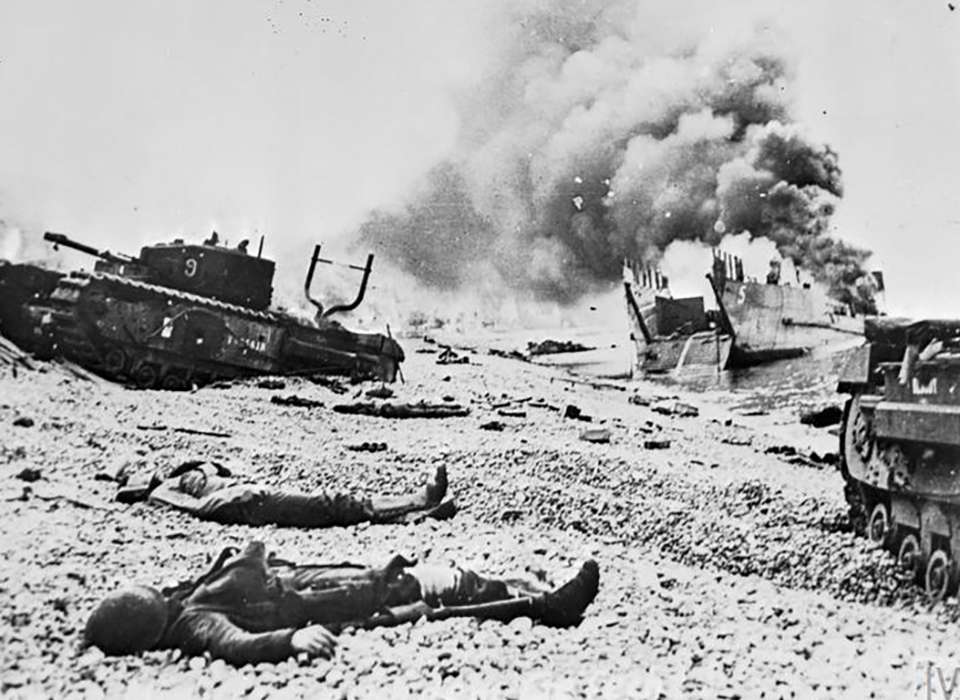
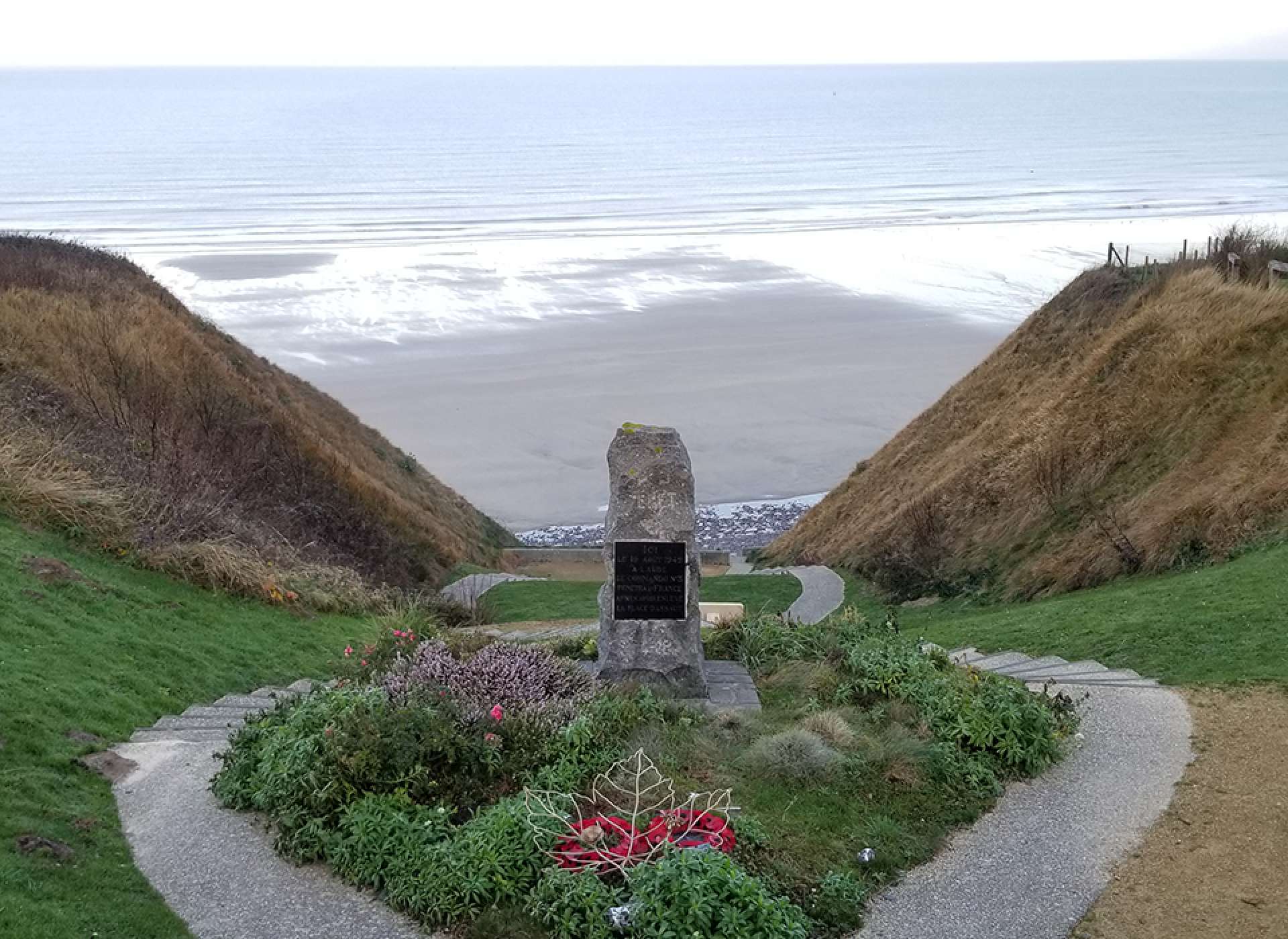
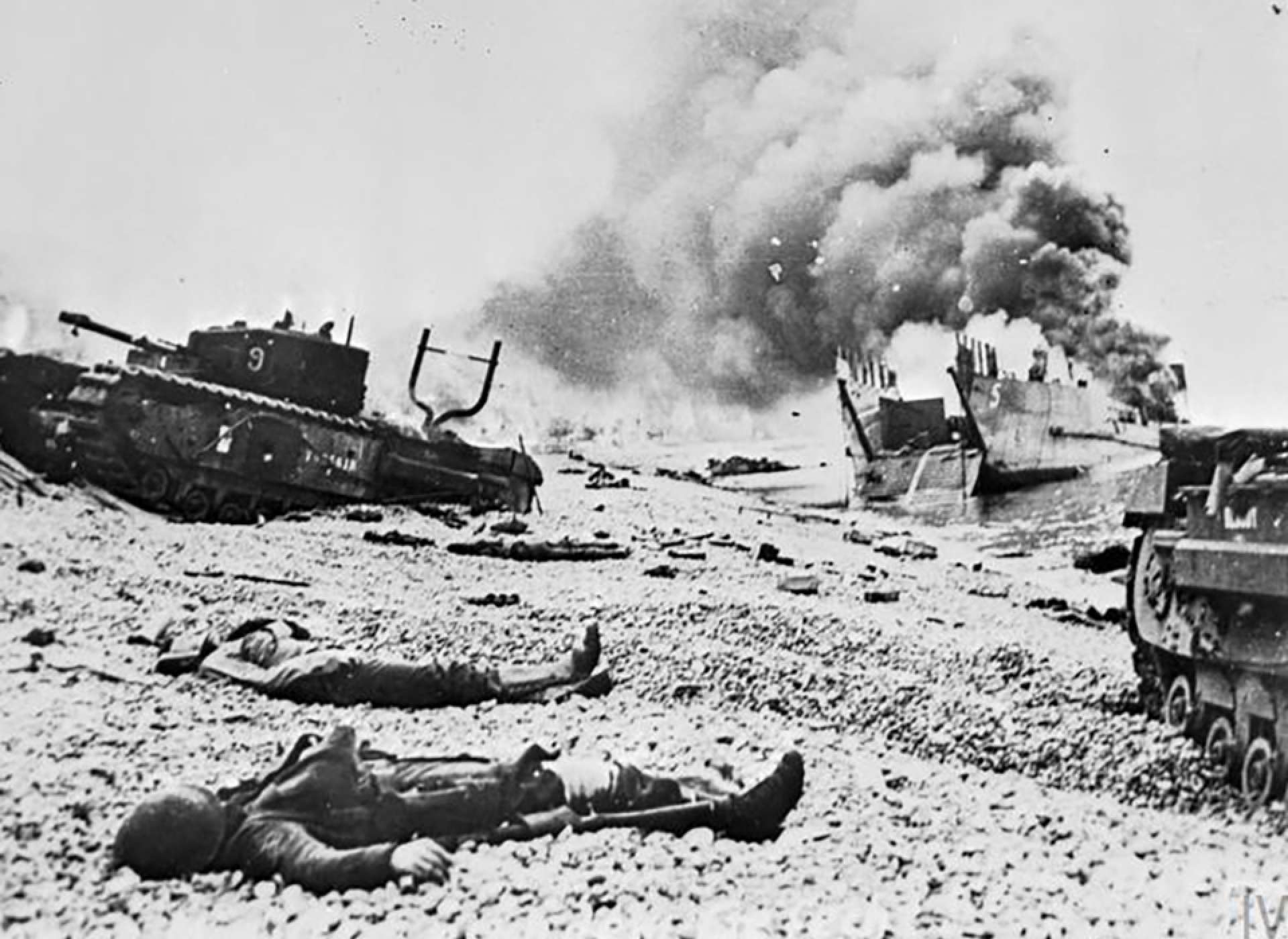
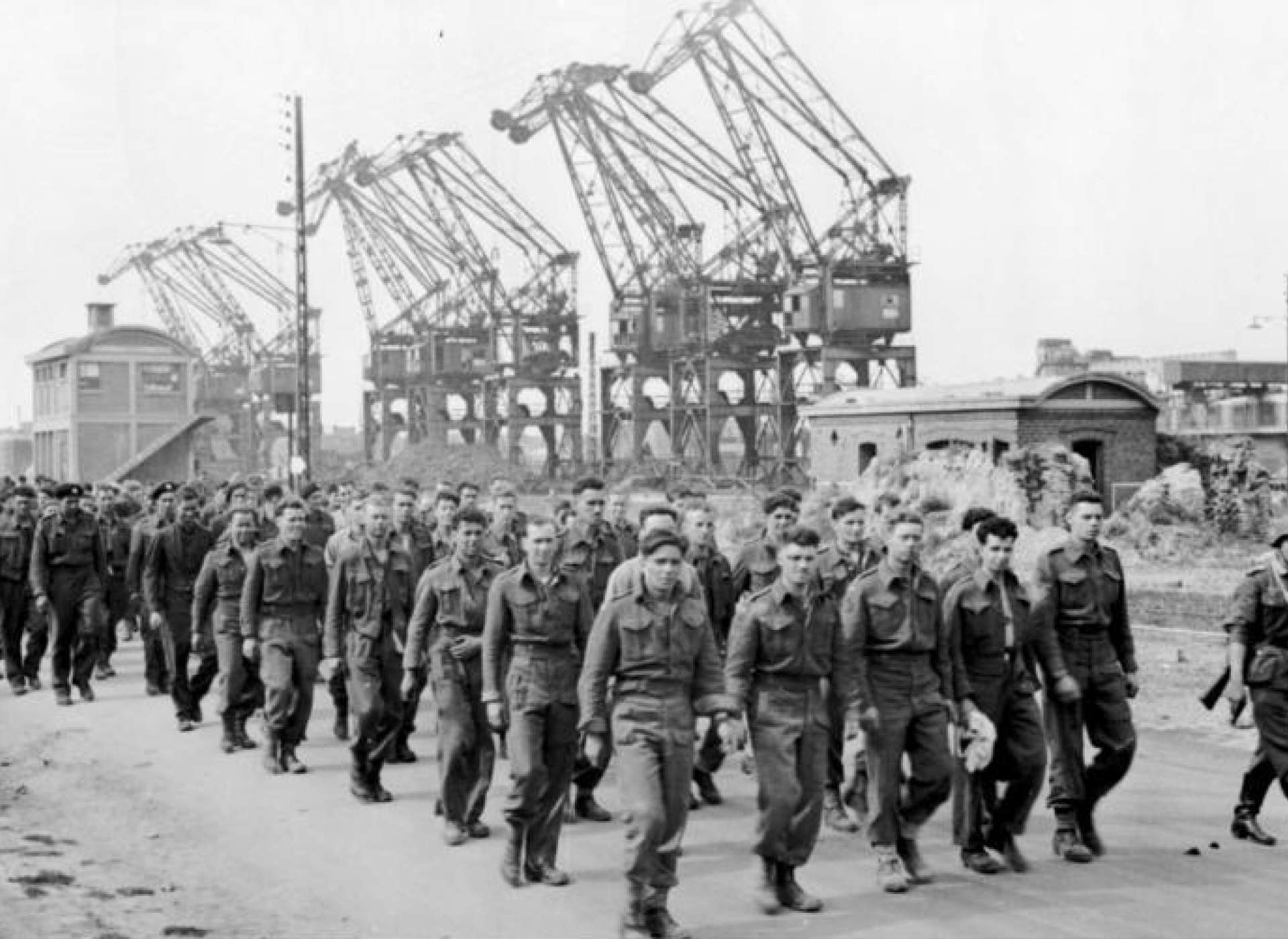
![Max Fuchs, New York City cantor, sings as Rabbi Sydney [sic] Lefkowitz, Richmond, VA, conducts the first Jewish services from Germany.](/sites/default/files/styles/max_650x650/public/2025-10/image1.jpg)






